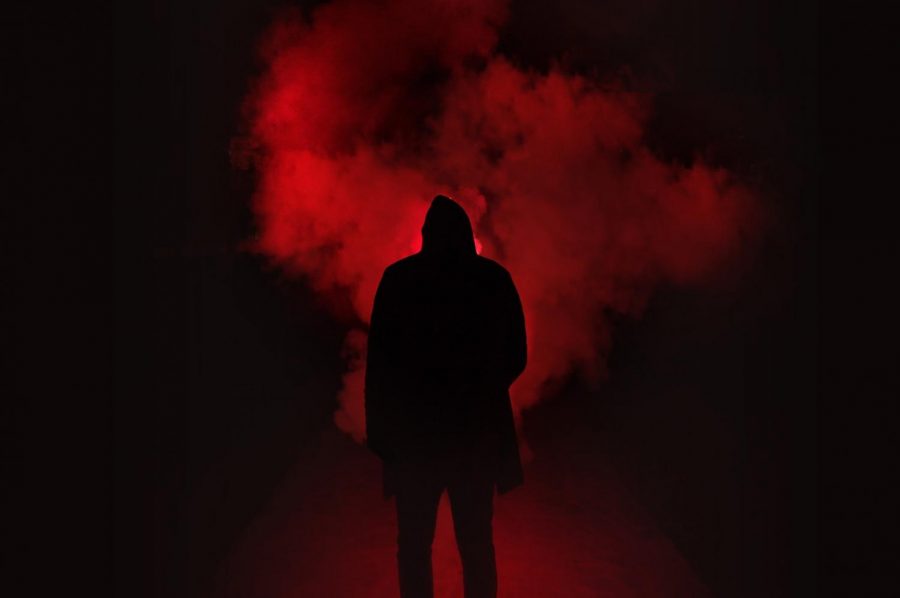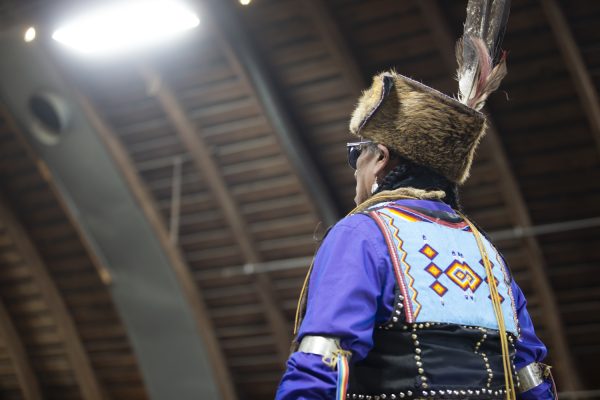Why Color and Sound Are So Important to Iconic Horror Movies
September 2, 2021
Of all the film genres, horror is certainly the most visceral in nature, in so much as the very essence of the look and feel can drive the narrative as well as the emotion of the viewers who are locked into the experience in front of them.
Whereas something like a romantic comedy, or a drama, will play out in a fairly linear manner in terms of the visuals, and even the sound, in genres like horror (and science fiction), the fantastical nature of what’s playing out on screen offers a director the chance to embellish and expand in order to lure in the viewers.
A good horror movie doesn’t just splash an audience in blood and gore, though that clearly helps. The big selling point of the truly iconic horror movies from across the decades comes in the form of suspense.
Iconic Horror
Of all the movie genres, it’s horror that never ceases to entertain us. Yes, there are times when the horror staple can become overworn and repetitive, but every decade or so, a new movie breathes new life into what horror can bring to the cinematic world.
There are many different types of sub-sections to the horror genre, from slashers (where invariably an attractive teen is the first victim) to those with an ultraviolent nature (think Hostel, Saw et al.) where the broad intention is to shock an audience into submission, reaching for their sick bags.
However, the true classics of the genre tend to be those that are slow burners, films that have a story beyond the death and destruction that is likely to ensue. Once again, horror is scoring big in the box office, with the likes of The Conjuring series proving that moviegoers still like to be scared en masse, and the never-ending appeal of the genre owes a lot to both color and sound.
Scary Sounds
If you think back to the scariest, creepiest moments in films within the horror genre, they usually occur with the help of a great soundscape.
If you think horror, then you no doubt conjure up sounds of creaking doors, spooky footsteps or the slash of a knife. All of these are aided by sound effects departments looking to ramp the tension up to ten.
As well as sound effects creating a canvas that helps to bring the movie to life, to make it more three-dimensional, we should also pay additional gratitude to those composers who can add even more to the ambiance via their original scores.
Anyone who has seen The Exorcist knows the first bars of the excellent score from Jack Nitzsche, albeit with the help of creative use of Mike Oldfield’s Tubular Bells, as well as the shocking scenes of Linda Blair’s head twisting a full 360.
Then there’s the score from Psycho, which is still well remembered today, some 60+ years on. You can also add the many soundtracks brought to life by John Carpenter, from Halloween to The Thing (albeit with the help of Ennio Morricone on that one).
The perfect use of sound within horror movies is equal parts dramatic sound effects and eerie soundtrack; these combined well can make an average horror flick memorable.
Color
Color plays a crucial part in scaring the hell out of an audience; sometimes, this can be subtle and deliberately forced on other occasions. However, when it comes to iconic horror films with great color palettes, it’s hard to look beyond one of the geniuses of the genre, Roger Corman.
His classic The Masque of the Red Death opted to add color palettes to specific rooms and sequences, adding to the brutal nature of the narrative. This created a vision that was spellbinding and eerily effective when it came to making the movie so effective and way ahead of its time.
It’s a trick that others have attempted, in more subtle ways, from Dario Argento (Suspiria) to Brian De Palma (Carrie). Stanley Kubrick did likewise when he tried his hand at horror with his classic The Shining becoming a masterpiece of the horror style. There he used color to expertly set scenes, such as the design of the hotel’s interiors as Danny rides his tricycle and the shocking red of the blood flowing through the elevator, which was amped up for full shock value.
Sometimes, the color palette is used less obviously than these, such as in The Thing, where everything is paired down and given an almost monotone nature, which then leaves elements like blood and guts splattered across the screen really stand out.
Standing the Test of Time
Horror movies will always stand the test of time as a film genre as they appeal to the very basic sense within us. For whatever reason, and it dates back long before the invention of celluloid, we as human beings derive some form of pleasure from being scared or held in a period of suspense, and as such, the movies in this genre really speak to our subconscious and perhaps that’s why sound and color play such a crucial role in making the truly great horror movies make indelible marks on those of us who enjoy the movies and the way they make us feel.














